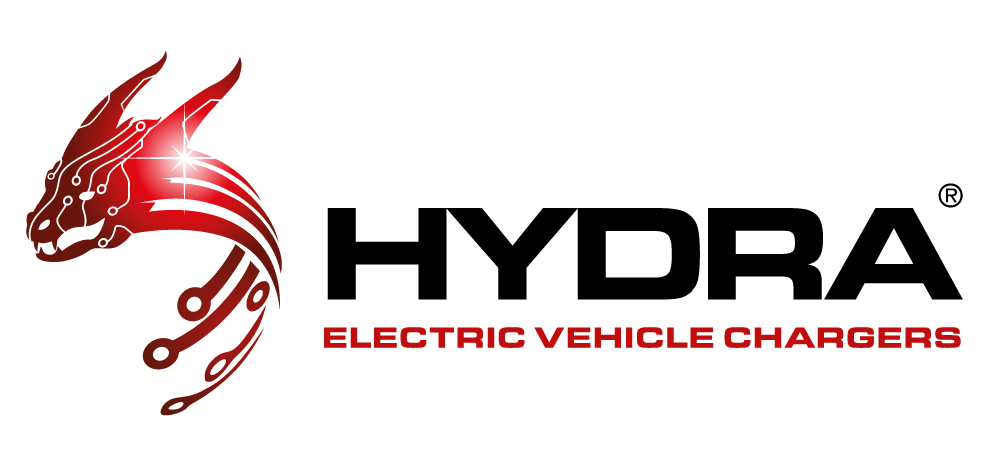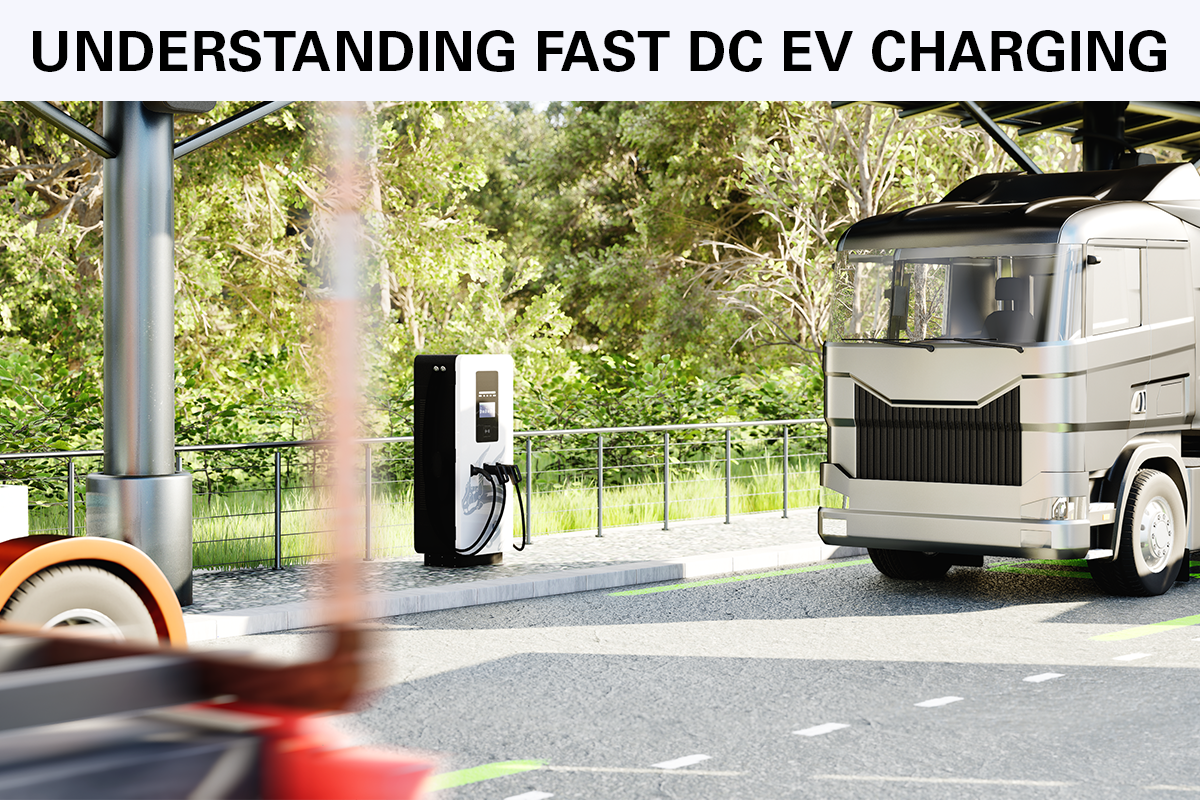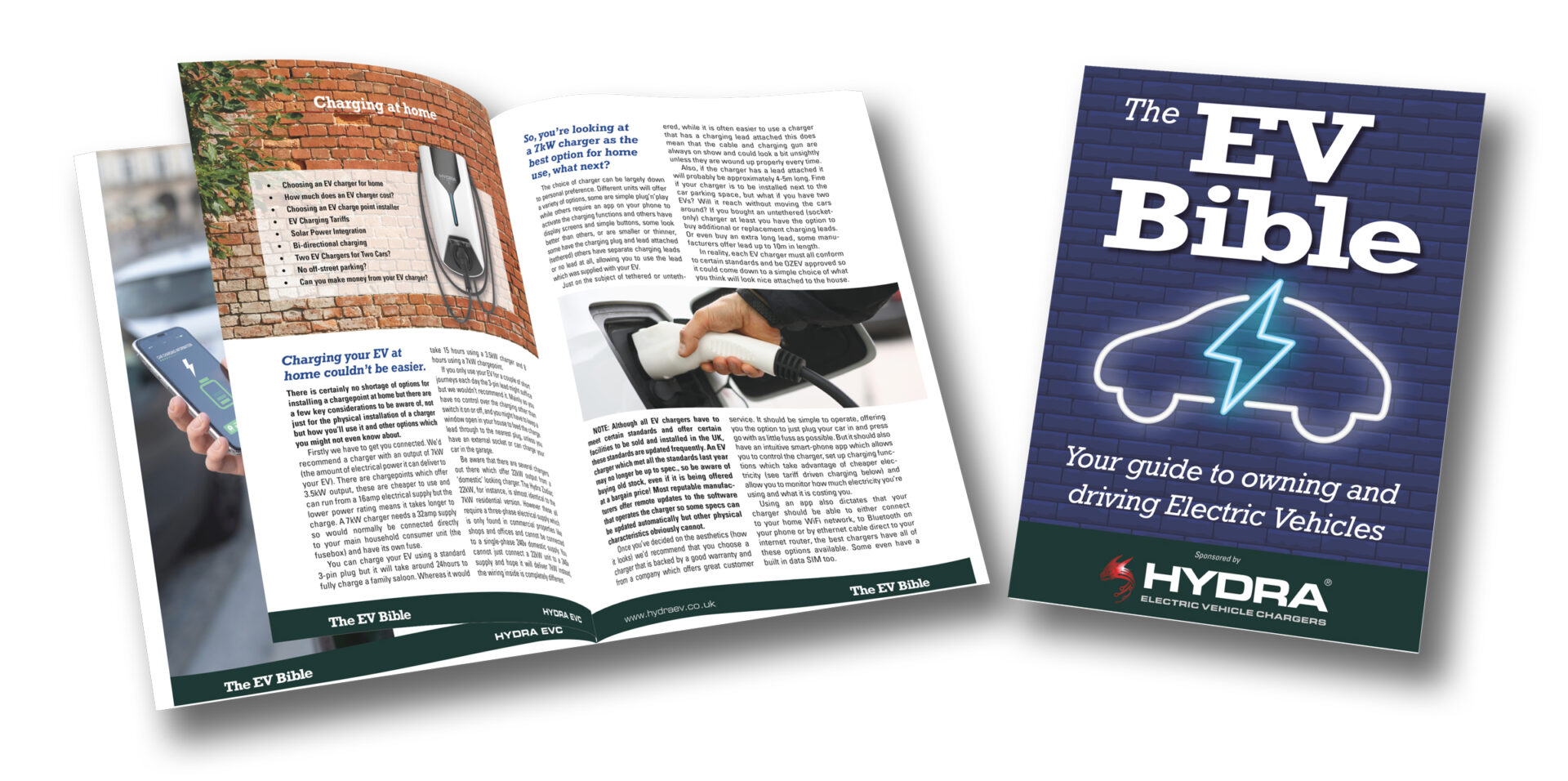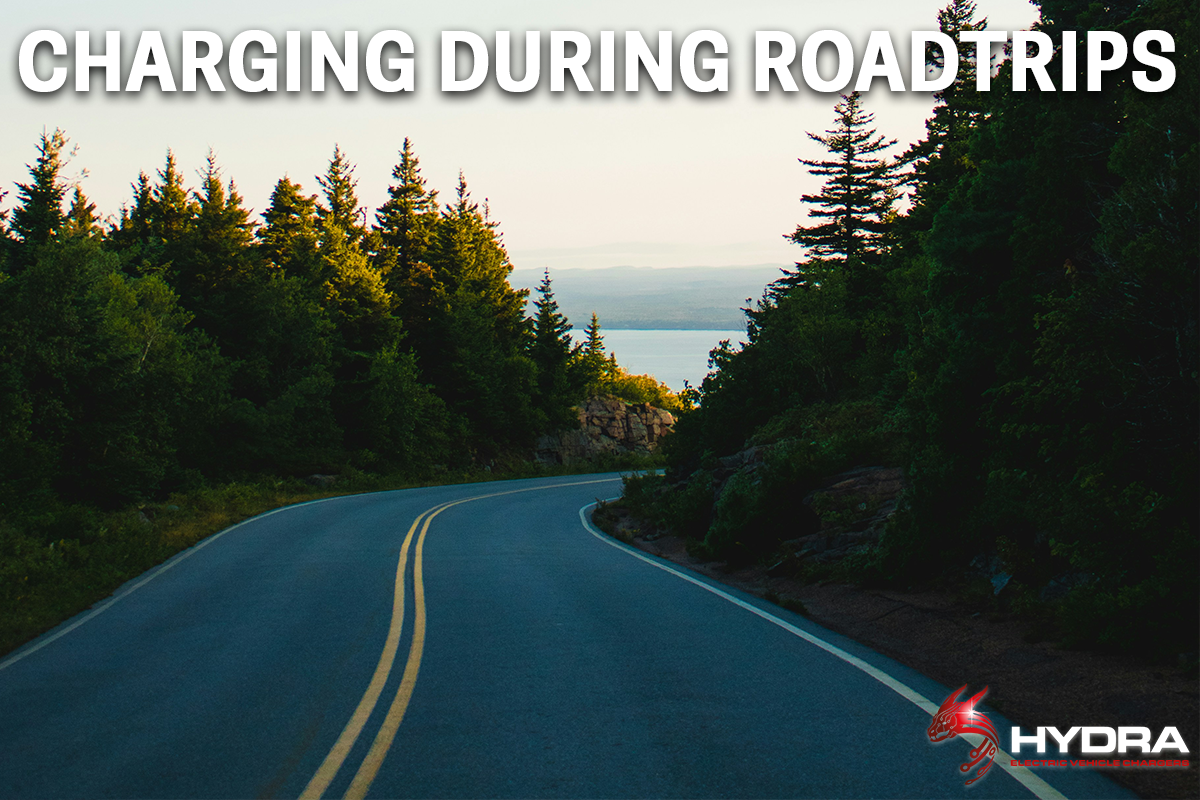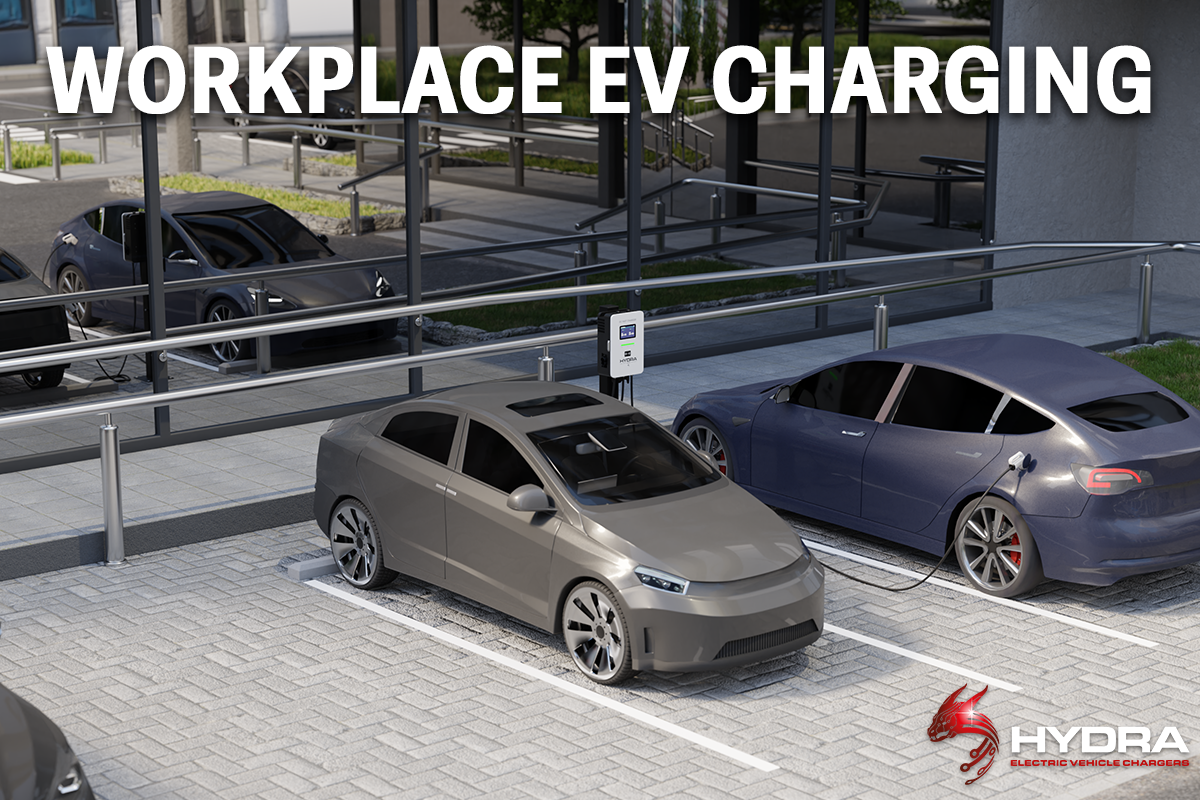As electric vehicles (EVs) continue to gain popularity, the demand for efficient and rapid charging solutions is rising significantly. Among the few charging options available, Fast DC Charging stands out for its ability to quickly power up an EV’s battery, making it a crucial part of the EV charging infrastructure. In this blog, we’ll delve into the world of Fast DC Charging, unravelling its mechanisms and exploring its significance.
Understanding DC Fast EV Charging:
Fast DC EV Charging, also known as Level 3 charging, is a charging method that sends high-voltage direct current (DC) power directly to an EV’s battery, bypassing the vehicle’s onboard charger. Unlike AC charging, which converts alternating current (AC) from the grid into DC power using the vehicle’s onboard charger, DC Fast Charging provides DC power directly to the battery, allowing for much faster charging rates.
How Does it Work?
Fast DC Charging stations are equipped with powerful chargers capable of converting AC power from the grid into high-voltage DC power suitable for charging EV batteries. When an EV is plugged into a DC Fast Charging station, the charger communicates with the vehicle to initiate the charging process. The charger then delivers the DC power to the EV’s battery through a specialized connector, such as CHAdeMO or CCS (Combined Charging System), depending on the vehicle’s compatibility and location.
Where are DC EV Chargers located
Fast DC EV Chargers are often strategically positioned along major motorways, urban centres, and area that have high traffic. These EV Chargers play a crucial role in shaping the landscape of electric vehicle infrastructure due to their rapid charging speeds. Offering convenience and accessibility to EV drivers during their journeys. Additionally, they are frequently installed at workplaces, flats, and commercial buildings, providing charging options for individuals with limited access to their own or private charging facilities. As the demand for electric vehicles continues to rise, the expansion of DC EV charger networks is expected to grow, further enhancing the practicality and appeal of electric mobility.
Key Components:
Power Conversion Unit: Converts AC power from the grid into high-voltage DC power.
Charging Connector: Interfaces with the EV’s charging port and delivers the DC power to the battery.
Communication Protocols: Enable communication between the charging station and the EV to coordinate the charging process effectively.
Why is it Important?
Rapid Charging: Fast DC Charging enables EV drivers to charge their vehicles significantly faster than traditional AC charging methods, making long-distance travel more feasible.
Convenience: With shorter charging times, drivers can spend less time waiting at charging stations, enhancing the overall convenience of electric vehicle ownership.
Accessibility: The widespread deployment of DC Fast Charging infrastructure is essential for promoting the adoption of electric vehicles by addressing range anxiety and increasing the accessibility of charging options.
Supporting EV Growth: As the automotive industry transitions towards electrification, the availability of DC Fast Charging infrastructure is crucial for supporting the growing number of electric vehicles on the road.
Fast DC EV Charging plays a pivotal role in shaping the future of electric mobility by offering rapid and convenient charging solutions for EV drivers. As technology continues to advance and infrastructure expands, DC Fast Charging will continue to play an important part. Facilitating the widespread adoption of electric vehicles and driving sustainable transportation forward.
